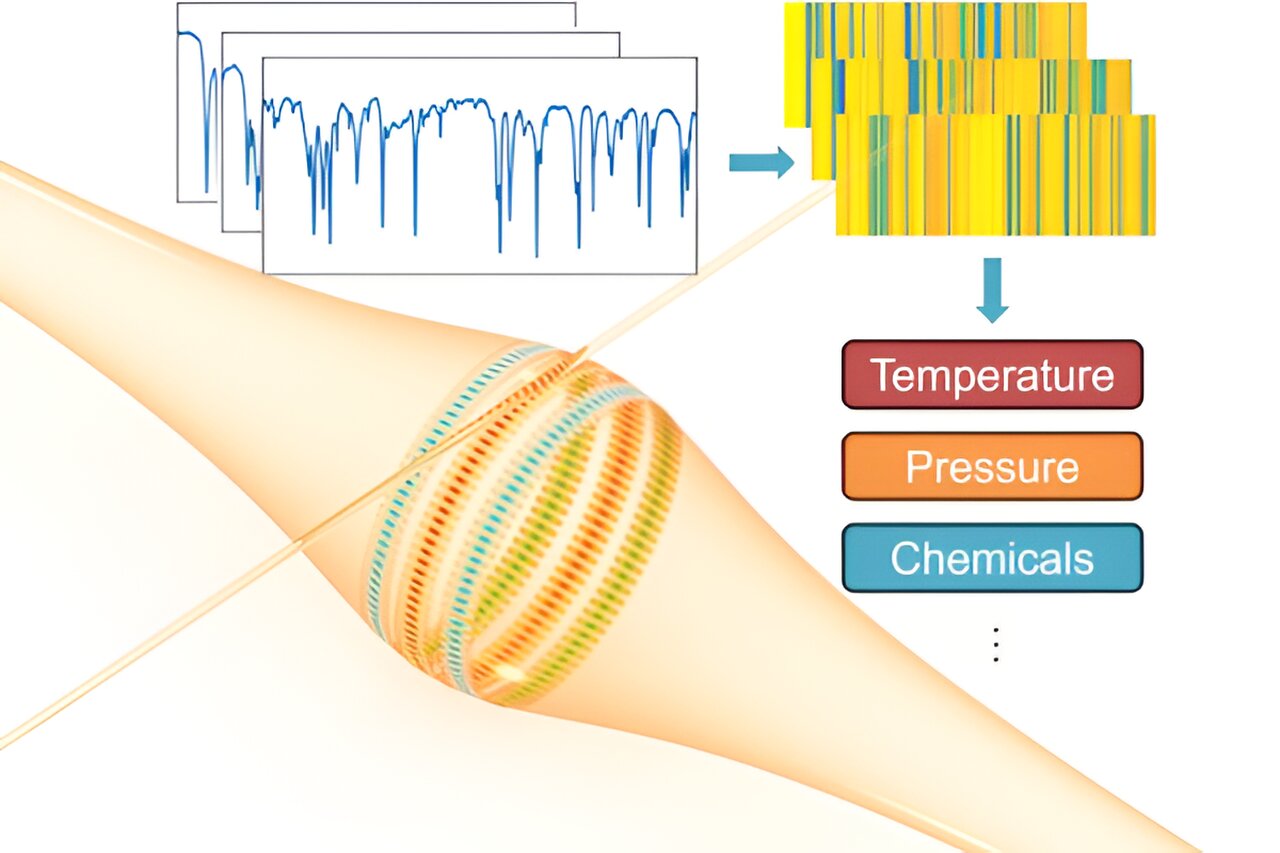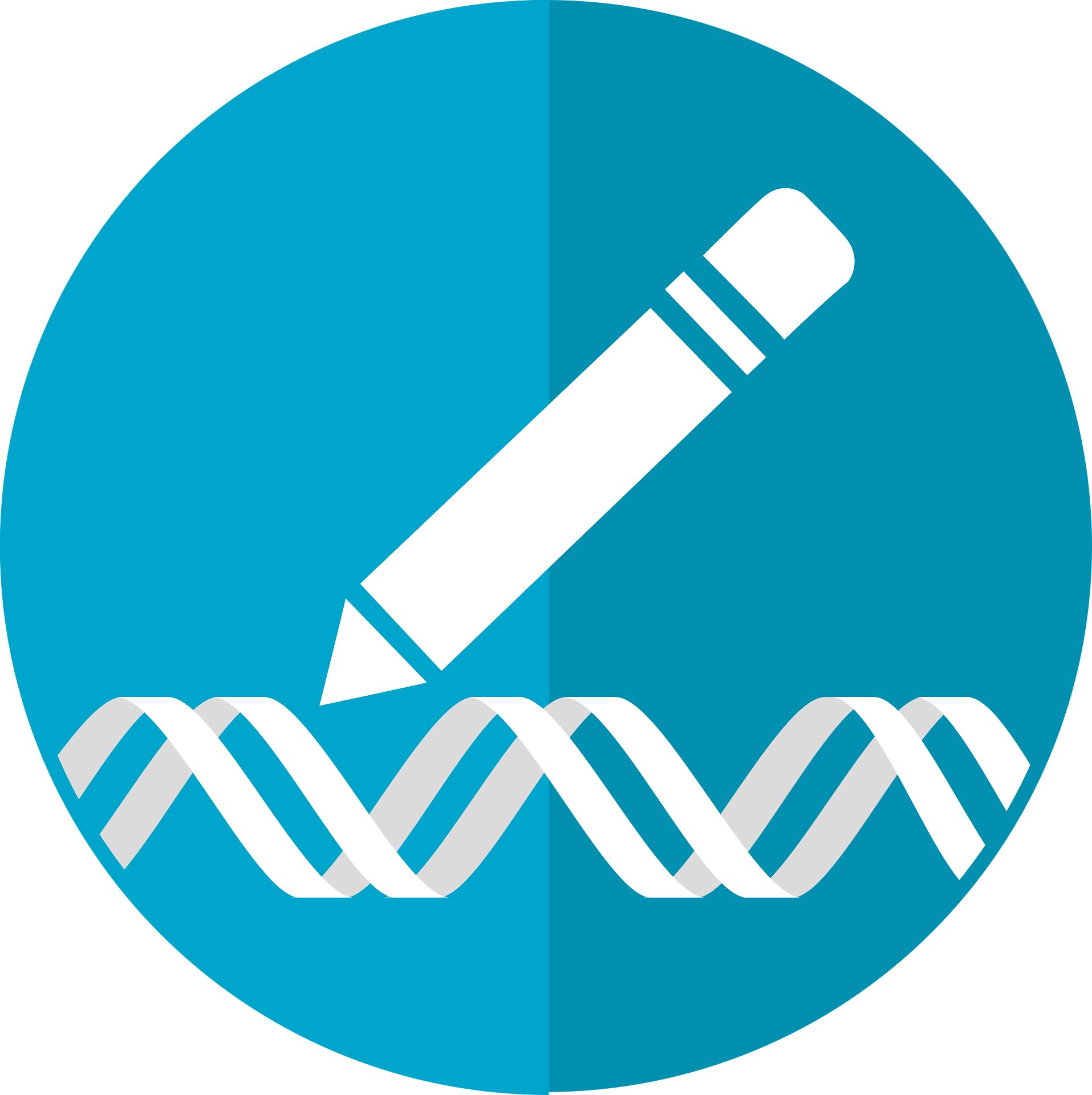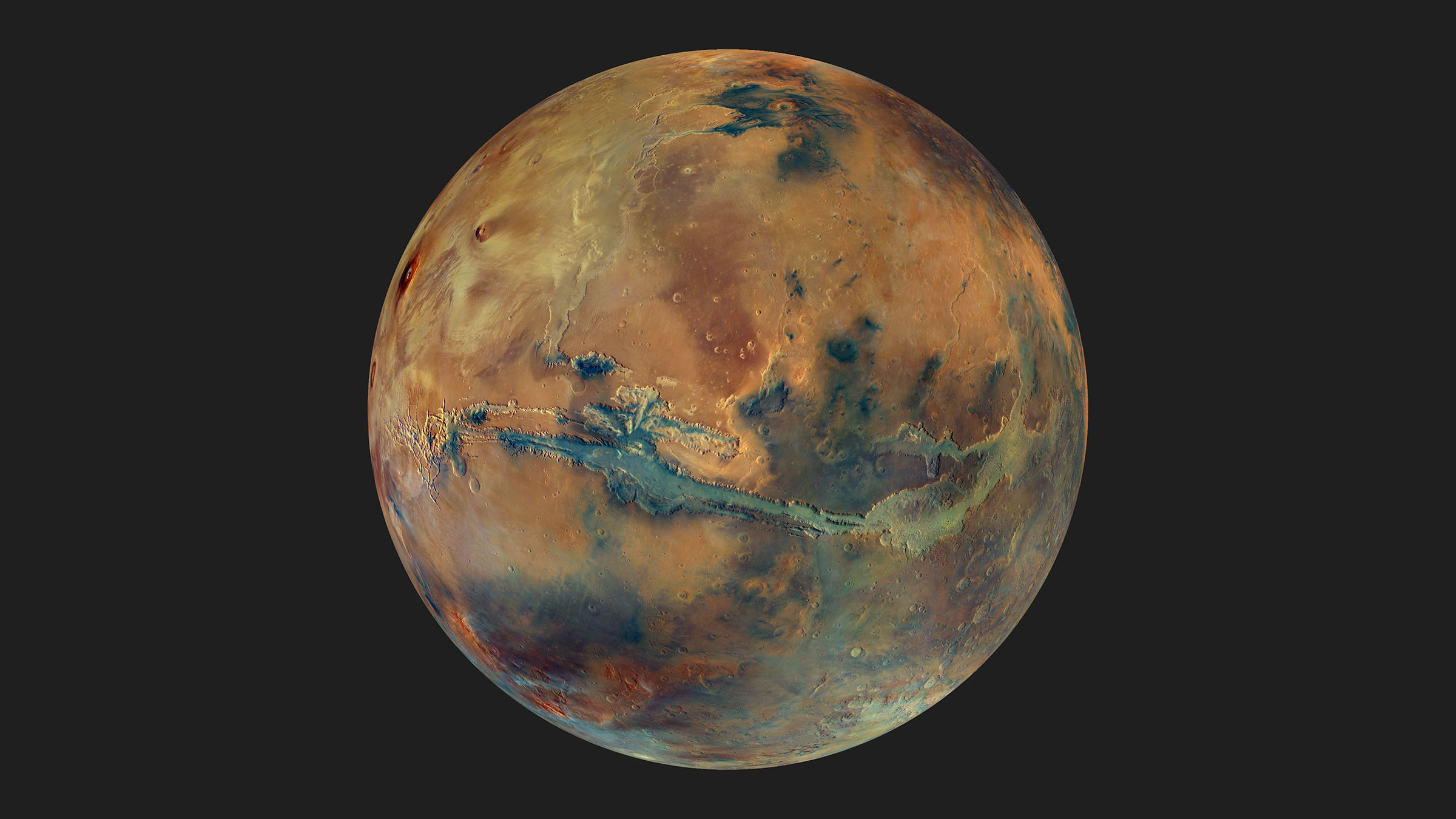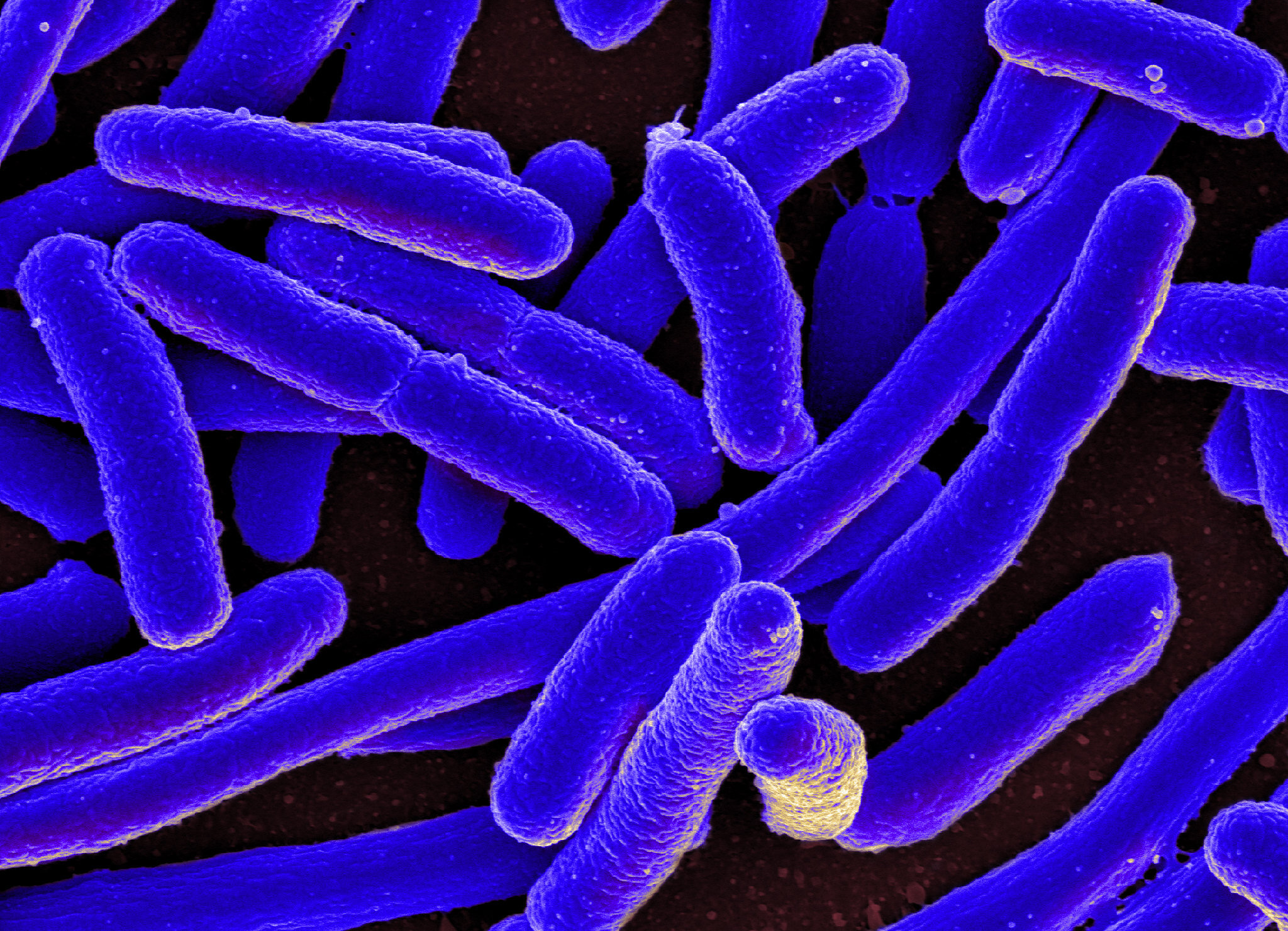Optical barcodes expand range of high-resolution sensor
An innovative optical sensing technology, developed in Yang’s lab at the McKelvey School of Engineering, utilizes multimode resonance to boost sensing capabilities. By analyzing patterns in the resonance spectrum, the innovative barcode technique provides detailed information about the sensor’s surroundings, offering enhanced dynamic range and accuracy in various sensing applications. Credit: Yang Lab The same …







